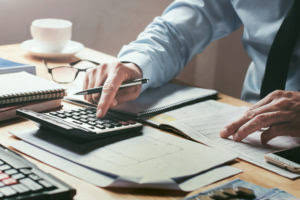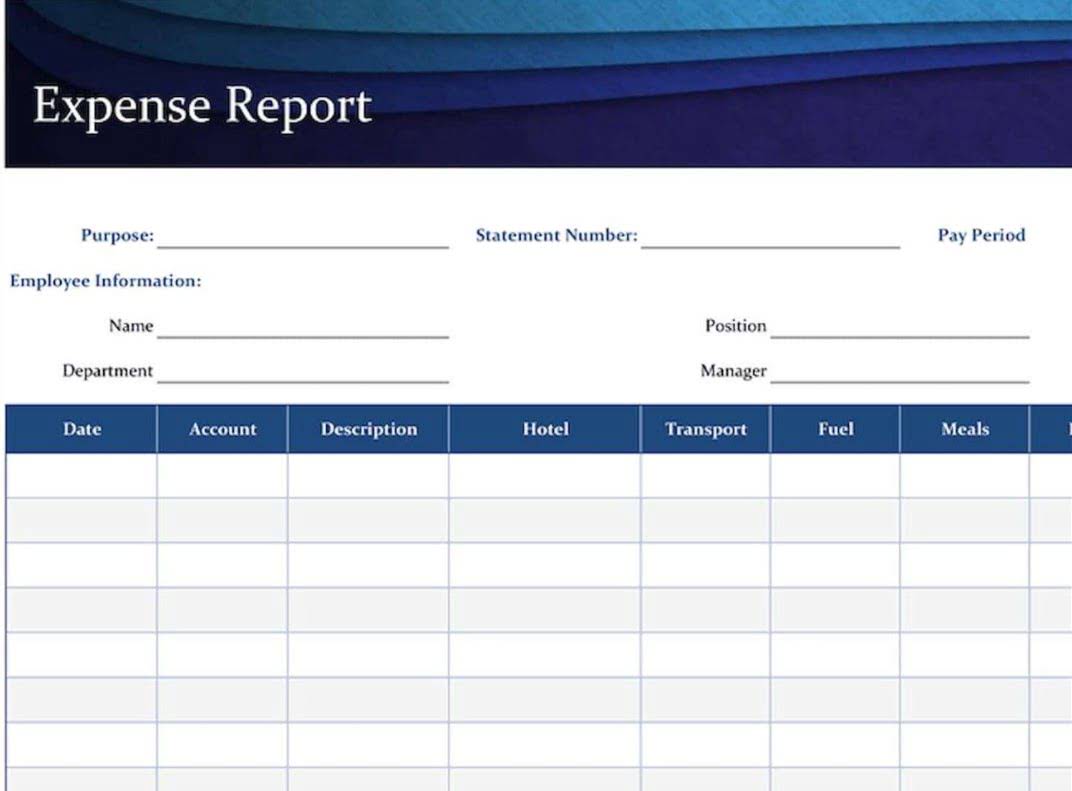
In addition to the business income limit for your section 179 deduction, you may have a taxable income limit for some other deduction. You may have to figure the limit for this other deduction taking into account the section 179 deduction. If you buy qualifying property with cash and a trade-in, its cost, for purposes of the section 179 deduction, includes only the cash you paid. Off-the-shelf computer software is qualifying property for purposes of the section 179 deduction.
- Any accelerated depreciation previously taken is still taxed at the ordinary income tax rate during recapture.
- Any additions or improvements placed in service after 1986, including any components of a building (plumbing, wiring, storm windows, etc.) are depreciated using MACRS, discussed in chapter 4 of Pub.
- For the second year, the adjusted basis of the computer is $4,750.
- However, if you have a written agreement with the IRS that prohibits a change, you must first get IRS permission.
- However, Dean’s deduction is limited to the business taxable income of $80,000 ($50,000 from Beech Partnership, plus $35,000 from Cedar Partnership, minus $5,000 loss from Dean’s sole proprietorship).
- Most ADS recovery periods are listed in Appendix B, or see the table under Recovery Periods Under ADS, earlier.
Tax Picture of a Sale of Section 1245 Property

If you file Form 3115 and change from an impermissible method to a permissible method of accounting for depreciation, you can make a section 481(a) adjustment for any unclaimed or excess amount of allowable depreciation. The adjustment is the difference between the total depreciation actually deducted for the property and the total amount allowable prior to the year of change. If no depreciation was deducted, the adjustment is the total depreciation allowable prior to the year of change. A negative section 481(a) adjustment results in a decrease in taxable income.
- The useful life of a patent or copyright is the lesser of the life granted to it by the government or the remaining life when you acquire it.
- The special depreciation allowance only applies to certain qualified property.
- Depreciation for the fourth year under the 200% DB method is $115.
- Section 1245 is part of the Internal Revenue Code (IRC) that covers the applicable tax rate for gains from the sale or transfer of depreciable and amortizable property.
- The fastest way to receive a tax refund is to combine direct deposit and IRS e-file.
- If you claim a deduction for any listed property, you must provide the requested information on page 2 of Form 4562.
Businesses may depreciate property that meets all these requirements. The business must:
Your depreciation deduction for each of the first 3 years is as follows. As explained earlier under Which Depreciation System (GDS or ADS) Applies, you can elect to use ADS even though your property may come under GDS. ADS uses the straight line method of depreciation over fixed ADS recovery periods. Most ADS recovery periods are listed in Appendix B, or see the table under Recovery Periods Under ADS, earlier. However, it does not reflect any reduction in basis for any special depreciation allowance.. The GDS recovery periods for property not listed above can be found in Appendix B, Table of Class Lives and Recovery Periods.
- However, in figuring your unrecovered basis in the car, you would still reduce your basis by the maximum amount allowable as if the business use had been 100%.
- Generally, if you receive property in a nontaxable exchange, the basis of the property you receive is the same as the adjusted basis of the property you gave up.
- For more information, see section 167(g) of the Internal Revenue Code.
- As with the ordinary income tax rates, the long-term capital gain tax rates are also based in part on your taxable income.
- If you have a short tax year after the tax year in which you began depreciating property, you must change the way you figure depreciation for that property.
Determining Adjusted Basis
An employer who provides more than five vehicles to employees need not include any information on his or her tax return. Instead, the employer must obtain the information from his or her employees and indicate on his or her return that the information was obtained and is being retained. Employees claiming the standard mileage rate or actual expenses (including depreciation) must use Form 2106 instead of Part V of Form 4562. Employees claiming the standard mileage rate may be able to use Form 2106-EZ.
- You must determine whether you are related to another person at the time you acquire the property.
- The use is for the employer’s convenience if it is for a substantial business reason of the employer.
- For 1985, the percentage for the third month of the second year of the recovery period is 11%.
- One often-overlooked benefit of properly recognizing depreciation in your financial statements is that the calculation can help you plan for and manage your business’s cash requirements.
- As it is a popular option with accelerated depreciation schedules, it is often referred to as the “double declining balance” method.
It doesn’t depreciate an asset quite as quickly as double declining balance depreciation, but it does it quicker than straight-line depreciation. There are a number of methods that accountants can use to depreciate capital assets. They include straight-line, declining balance, double-declining balance, sum-of-the-years’ digits, and unit of production. We’ve highlighted some of the basic principles of each method below, along with examples to show how they’re calculated. In accounting terms, depreciation is considered a non-cash charge because it doesn’t represent an actual cash outflow.
Example of a Sale of Section 1245 Property
For a passenger automobile, the total section 179 deduction and depreciation deduction are limited. You can include participations and residuals in the adjusted basis of the property for purposes of computing your depreciation deduction under the income forecast method. The participations and residuals must relate to income to be derived from the property before the end of the 10th tax year after the property is placed in service. For this purpose, participations and residuals are defined as costs, which by contract vary with the amount of income earned in connection with the property. The unrecaptured section 1250 tax rate is currently capped at 25%.

That’s because you must decrease the basis of business property by the amount of each depreciation deducted you claim, or could have claimed, on your tax returns. In addition, a lower basis means you’re likely to have more taxable gain when the property is sold, since gain is generally equal to the sales price minus the property’s adjusted basis. From a tax perspective, you can gradually (or in some cases immediately) write off the cost of most types of business property with depreciation deductions. But those depreciable property deductions come with a catch – you might have to pay a depreciation recapture tax when you get rid of the property. The lease term for listed property other than 18- or 19-year real property, and residential rental or nonresidential real property, includes options to renew. For 18- or 19-year real property and residential rental or nonresidential real property that is listed property, the period of the lease does not include any option to renew at fair market value, determined at the time of renewal.
The straight line and declining balance methods discussed in this section are not figured in the same way as straight line or declining balance methods under MACRS. Two other reasonable methods can be used to figure your deduction for property not covered under ACRS or MACRS. The straight line method, salvage value, and useful life are discussed later under Methods To Use. You can deduct in the year of purchase as a business expense the cost of any cassette that has a useful life of one year or less. A disposition is the permanent withdrawal of property from use in your trade or business or in the production of income. You can make a withdrawal by sale, exchange, retirement, abandonment, or destruction.
How to Calculate Rental Property Depreciation
Computers and related peripheral equipment are not included as listed property. For more information, refer to Publication 946, How to Depreciate Property. For certain qualified property acquired after September 27, 2017, and placed in service after December 31, 2022, and before January 1, 2024, you can elect to take a special depreciation allowance https://www.bookstime.com/ of 80%. This allowance is taken after any allowable Section 179 deduction and before any other depreciation is allowed. Depreciating a real estate rental property means deducting the cost of buying or renovating a rental property over a period of time rather than all at once. Depreciating the property means you deduct the cost over its useful life.